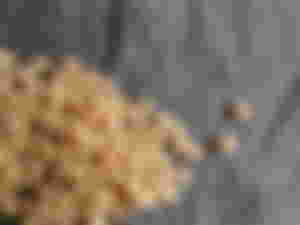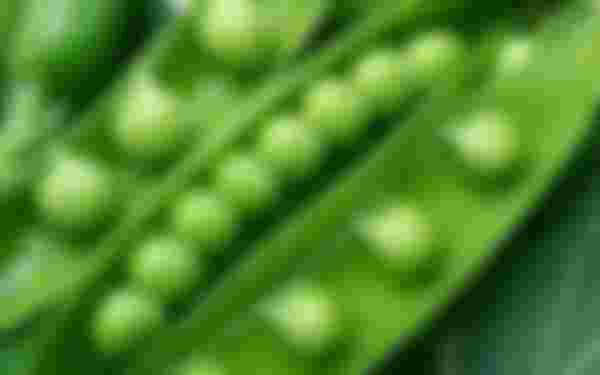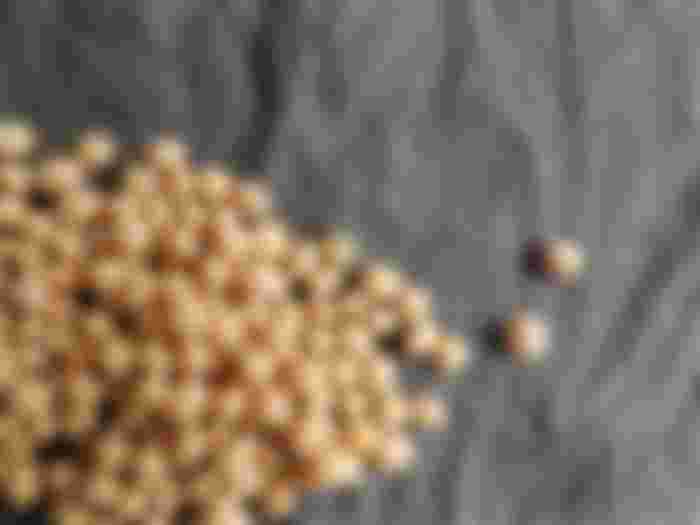Continuing Our Journey Through Time And Agriculture
Digging In My Notes 04 The Legumes
In this journey through the history of Agriculture, where we have already dealt with Cereals and Feculent plants, it is our turn to write about the other great giant in the feeding of man and animals, I am referring to...
Legumes
In this writing we are going to deal with legumes, that is to say any member of the Fabaceae, by extension vegetables that we take advantage of their grains, such as Peas, Lentils, Chickpeas, Beans and Soybeans.
Legumes have been the eternal companions of cereals, man has cultivated them for their protein-rich seeds since the early days of agriculture.

Let's start with that round bean known as chicharo (Pisum sativum), considered perhaps the oldest to be cultivated. The chicharo is an annual, shrubby, creeping plant that can climb thanks to its leaf tendrils. The fruit is an elongated pod containing numerous round seeds. When eaten fresh they are vegetables, this is the famous pea or Petits Pois, used in our chicken salad, or in Russian salad!
History tells us that it is the companion of cereals, it has been cultivated for about 10,000 years in the Middle East and around 4,500 - 4,000 BC it appeared in Egypt, in the Nile valley.
I have consumed it on countless occasions, but I have never cultivated it.

Lentil, (Lens culinaris), Lentil is a nice flat seed, similar to a flying saucer, according to history in inhabited fields in Syria archaeologists found seeds from the first millennium BC.
I have never had the opportunity to grow it, but I do eat it at least twice a month and it is a grain rich in protein, 25%.
What I have prepared with lentils is a rooting agent, thanks to a hormone or phytohormone called auxin that regulates plant growth and lentils have a high auxin content.
To prepare or obtain from lentils a preparation containing this hormone is very easy, just put to germinate 100 grams of lentil grains and when the radicle sprouts, it is liquefied in water, it will form a milky liquid, this liquid is rich in auxins. Also the remaining solid product, we put it to dry in the sun and this powder can be used to impregnate the seeds of the crops that we want to propagate and this will help in the vigorous rooting of the new seedlings.
Dry beans are the most cultivated and consumed legumes in the world, I will quote...

Black Caraota (Phaseolus vulgaris;), native to America, is part of the food consumption of many countries in America, in my country Venezuela is the basis of the national dish known as "Pabellon Criollo".
I have worked with Phaseolus vulgaris; at experimental level in cultivars under irrigation, to determine irrigation cycles, specifically in studies of "Irrigation in Phaseolus vulgaris; from the change of coloration of the leaf".
The carota is a shrubby plant, with erect growth, very branched, its vegetative cycle is quite short, at 75 - 80 days it is ready to harvest.

Bay Beans (Phaseolus leptostachyus)
>The Bayo bean is a native food of Venezuela, so its presence is frequent in different dishes of the national gastronomy. Among its benefits, we can consider the following:
- It is a very nutritious food since it provides about 5% of vegetable proteins, 6 to 7% of iron and 8% of vitamin B1, which are available for human consumption.
- It also provides calcium, phosphorus, magnesium and zinc, as well as vitamins: thiamine, niacin and folic acid.
- Due to its high fiber composition, it improves the digestive process and prevents constipation episodes.
- It helps lower triglyceride and cholesterol levels, which leads to a healthier heart.
- It contains a high level of lysine, an amino acid needed by living beings for growth. Therefore, a diet rich in legumes and supplemented with cereals can satisfy the requirements of essential amino acids for humans.
I have had the opportunity to plant this crop, both in Guárico and Falcón, and it is the primary food of our rural areas.

[FUENTE](https://pixabay.com/es/photos/soja-frijoles-los-alimentos-granos-182294/)
Soybeans (Glycine max), is a legume similar to the Chicharo but brown, its fruits are pods containing 3 or 4 rounded grains of cream color, very rich in protein, is considered the queen legume for its various properties and uses.
Vegetarians consume it as "vegetable meat".
Vegetable milk is extracted from it, for infants and lactose intolerant people.
It is rich in vegetable oil, soybean oil is commercialized.
Its flour is an important part in the production of concentrated foods.
There are varieties of Soya poor in oil, which is the Soya radiata, cultivated in Asia for human consumption as any other legume. Soy milk is extracted from it. It is highly consumed in China. But the largest producer of soybean oil is the United States of America, followed by the South American monster, Brazil.
I, Oizaguirres, was responsible in the field for the first commercial planting of soybeans in Venezuela, (1,000 ha), this planting was done in Yumare - Yaracuy, in 1970 through an agreement between PROTINAL C.A. - Department of Agronomy and the National Agrarian Institute (IAN), I was providing my professional services to PROTINAL C.A.

Dear readers, this is how we are advancing in the productive processes of agriculture in the world and its relationship with man.
As usual I will invite you to read my next article where I will be talking about the world of vegetables.

With the exception of the cited sources, the photographic and written support are original from Oizaguirres for read.cash.
Translated with www.DeepL.com/Translator (free version)







Hello Mr. Oiza, how are you? I must confess that although I am aware of the nutritional importance of legumes, they are not my favorites. However, I must force myself to eat them, because I spend it with low hemoglobin, but, really, there are very few that I like, I like peas, red beans and chickpeas, the rest I consume out of obligation. Greetings and blessings.